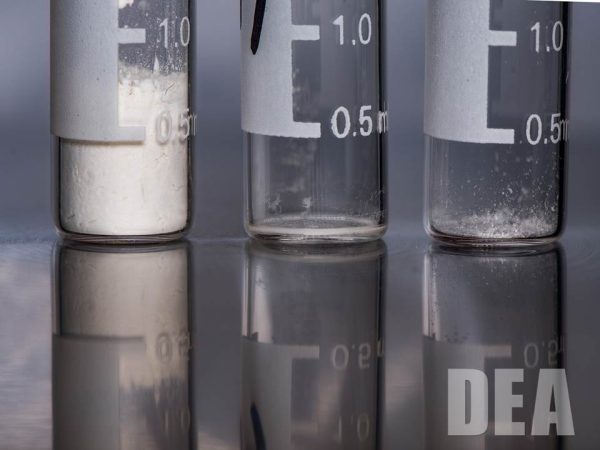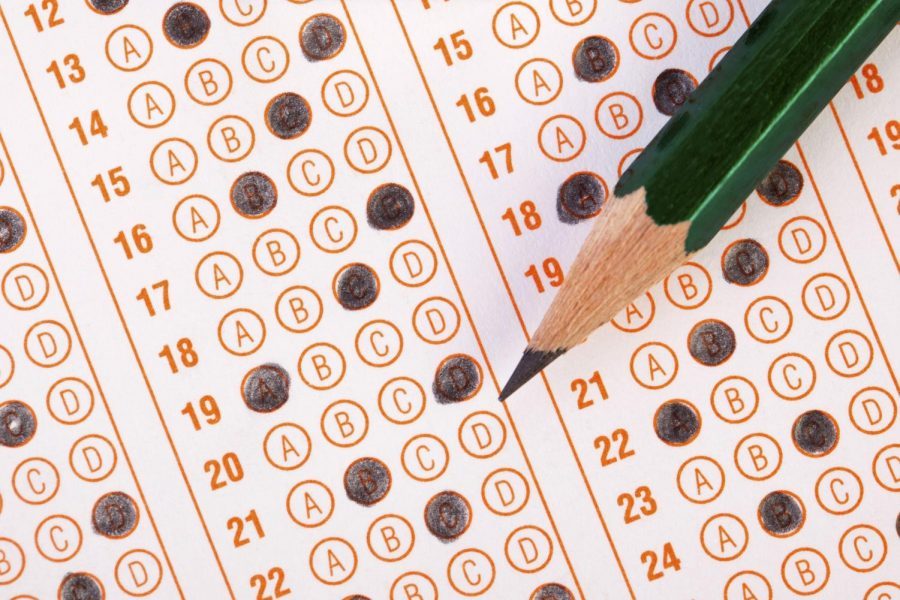
One of my childhood friends just lost his 22-year-old son to an accidental fentanyl overdose—accidental because when he took the pill, he had no idea it contained fentanyl. At the funeral, another friend said this was the sixth similar fentanyl death among families they know. The week before, a medical colleague of my sister’s had checked herself into the psychiatric unit of the hospital where they work because her only child, a college freshman, had just died of a fentanyl overdose. I shared these stories with our three twenty-something kids, in the hopes of terrifying them into avoiding any experimentation with drugs. Despite all the stories of fentanyl in the news, I think it’s hard to think it applies to you until stories like this make it real.
More than 250 people a day are dying in the U.S. from fentanyl overdoses—more than 100,000 a year. The numbers are so high that they’re impacting life expectancy in the U.S. To understand why this is happening, think back to the opioid crisis. So many people were dying from abusing legal narcotics that our government cracked down on doctors over-prescribing and on pharmacies distributing pills and went after the Sacklers and others who had legally manufactured the drugs. But countless people were already addicted, so the Mexican cartels stepped in to fill the need. They did this by importing ingredients from China to make fentanyl, a synthetic drug that’s 50 times stronger than heroin and that is much easier to smuggle into their country (think packages by mail instead of by carloads). They use the fentanyl to make counterfeit versions of opioids like oxycodone and Percocet.
A potentially fatal dose of fentanyl is two milligrams, which looks like five grains of sugar. Photos online show that amount perched on a penny and it might be enough to cover Abe Lincoln’s beard. So the difference between a counterfeit pill that produces a high and one that kills—especially in users who haven’t developed a tolerance—rides on the very precise measurement by drug cartels of this potent ingredient. Because of the infinitesimal amount needed to create a high and the marketability of pills that are therefore profitable at only a few dollars each, the cartels also started manufacturing counterfeit versions of other prescription drugs using fentanyl, drugs like Adderall and Xanax, which are more commonly abused by college-aged kids. Of counterfeit pills seized by law enforcement in 2022, 60% of them contained fentanyl, according to the article “What Is Fentanyl and Why Is It So Dangerous?” in the Wall Street Journal.
So there’s a new talk you need to have with your teen, especially as they’re graduating from high school and moving on to college or their next stage—with new friends, a new community, feeling more independent and more mature—and maybe tempted by what seems like a relatively harmless risk. This talk with your child might be uncomfortable, it might seem over-the-top, your child will likely roll their eyes and may try to tune you out, but I’m urging you to have the talk anyway. Because what echoes in my ears are the words of my friend when I first called to talk to him about his son’s death: “It’s so final,” he said.
Melissa Ronan is an executive board member of Pelham Together and chairperson of its mental health committee.













Scott Shenkman • Sep 11, 2023 at 7:04 pm
I would also add that this drug has been detected in weed. This has come from unlicensed distributors who have not gone through the legal growers. We can’t pretend that kids will stay away from weed. It’s the most used drug among teenagers and college kids and now it’s needed
Parents need to discuss this with their kids. Talk in reality. Tell them that, while they may disapprove, they know there is a possibility that they might try it. If they’re under 21, they’ll get it from someone they know. They need to ask where they got it.
I’m not trying to say that I approve of kids using weed, but basically five minutes after I got to college I tried it and I used from time until I graduated. Please be realistic. It could save your kid’s life.
I wish nothing but the very best for everyone who reads this.
Todd Cross • Sep 11, 2023 at 6:40 pm
Thank you, Melissa.